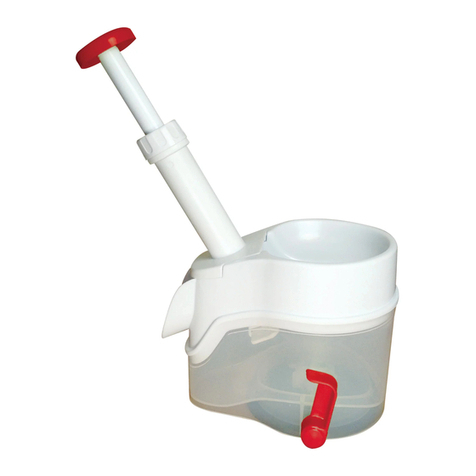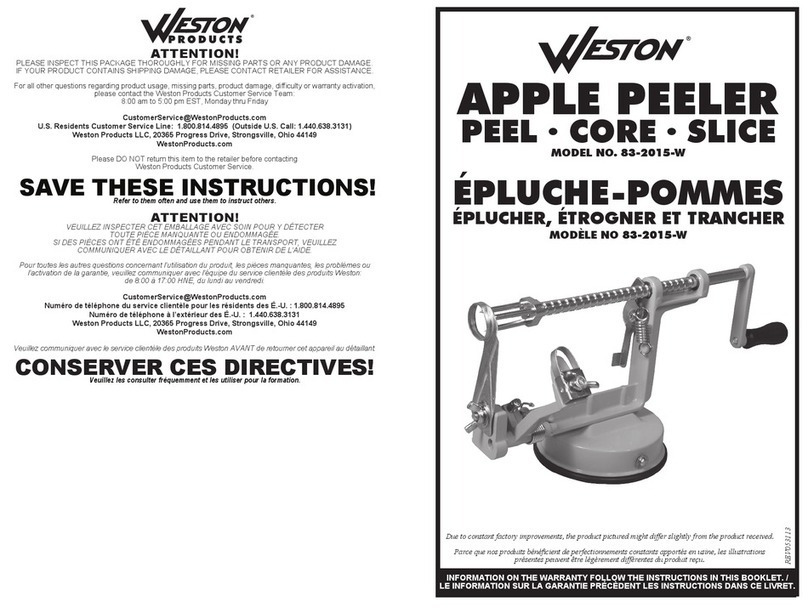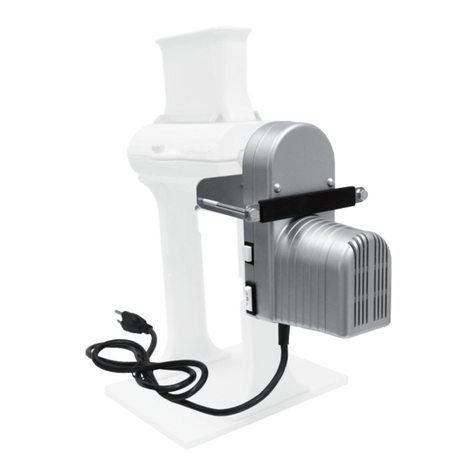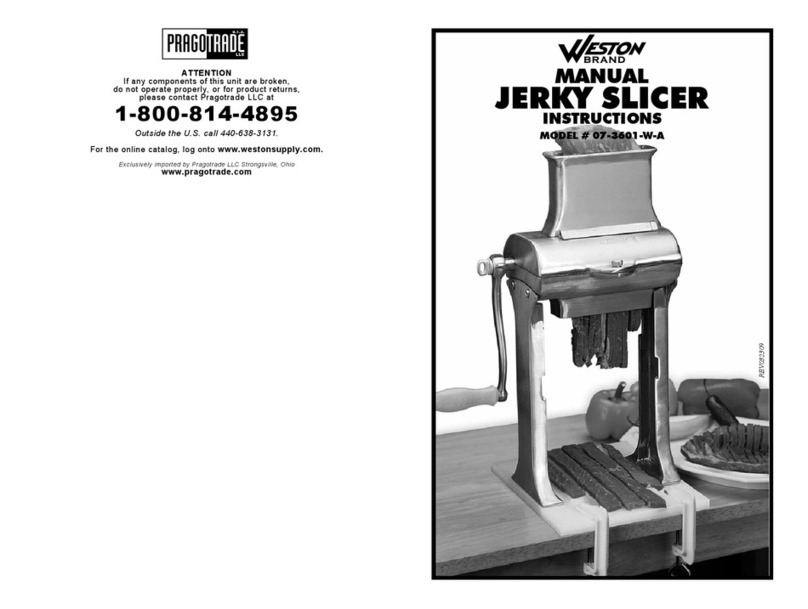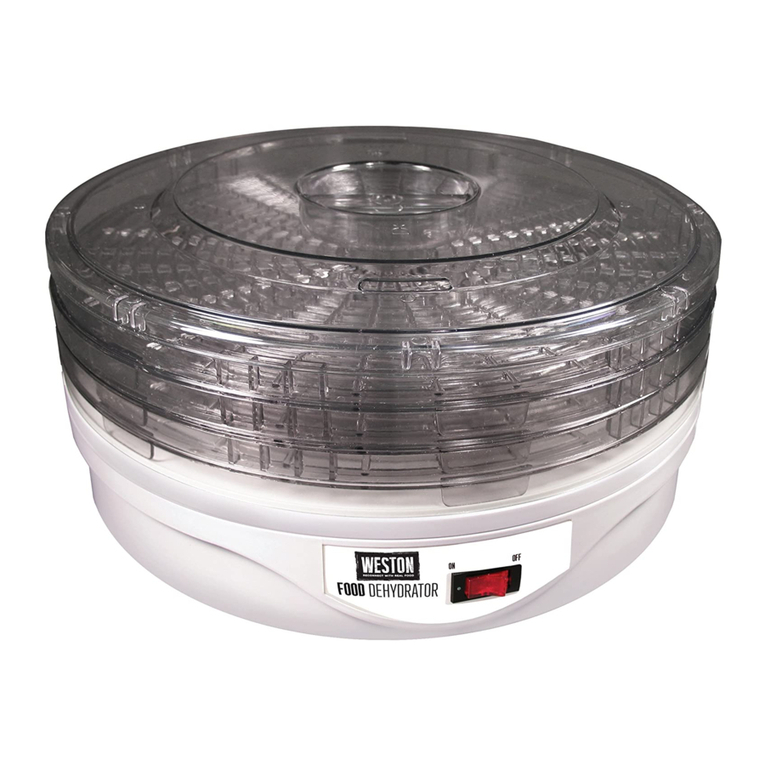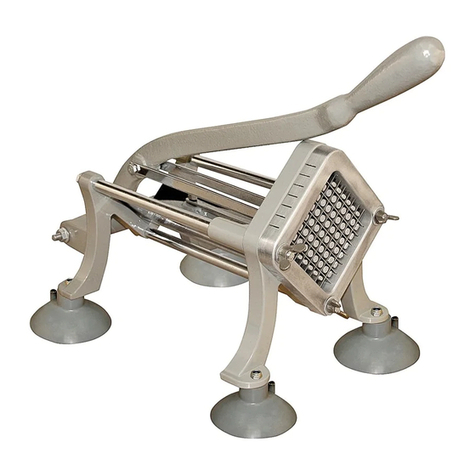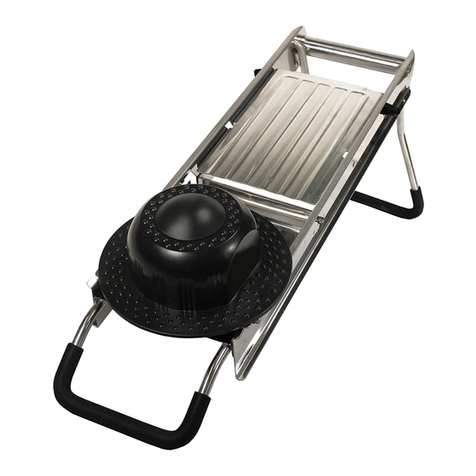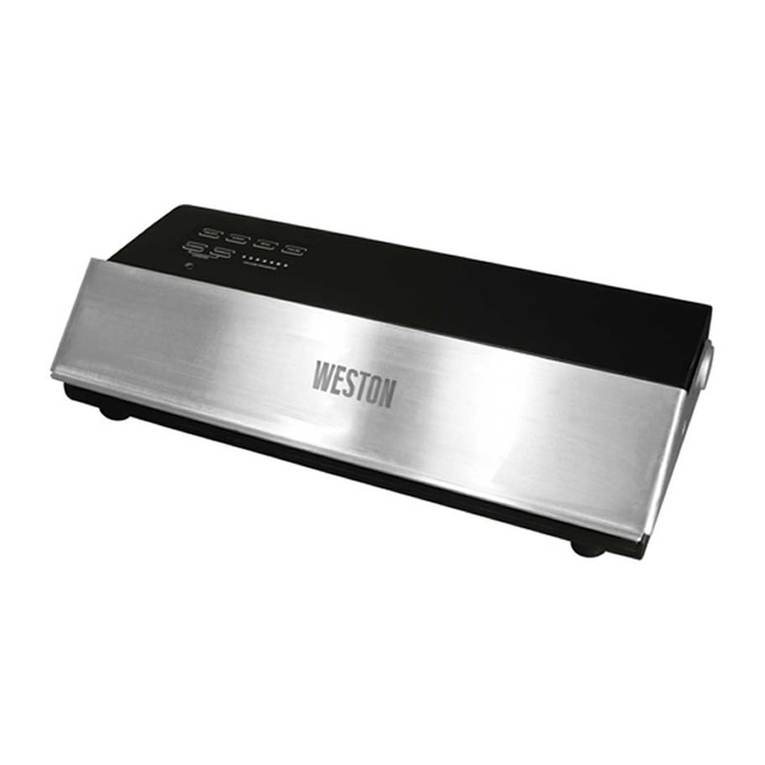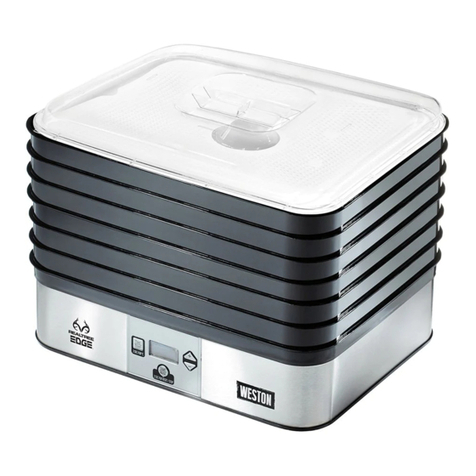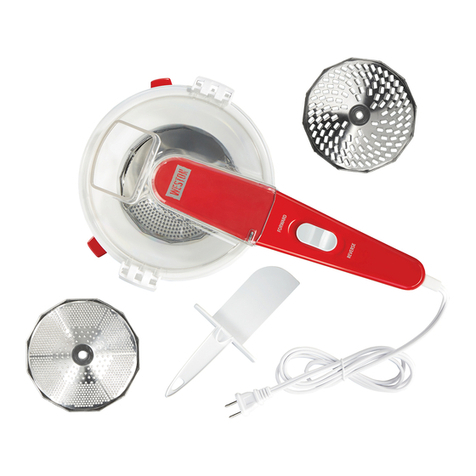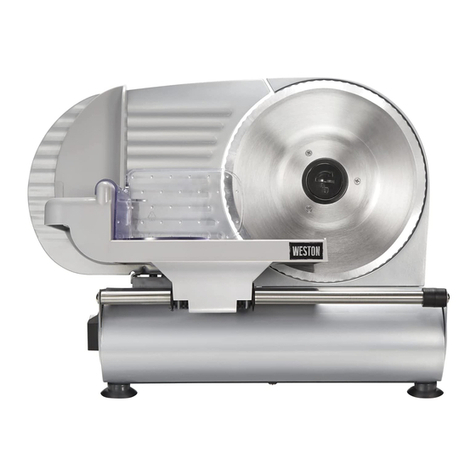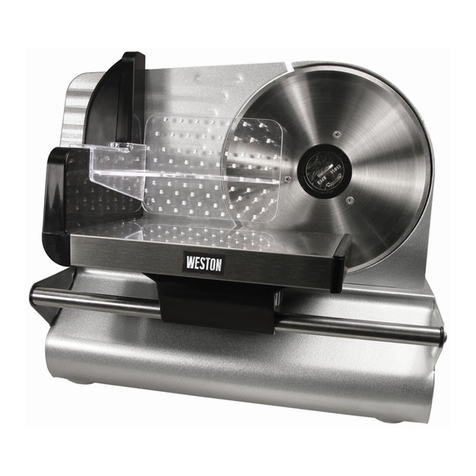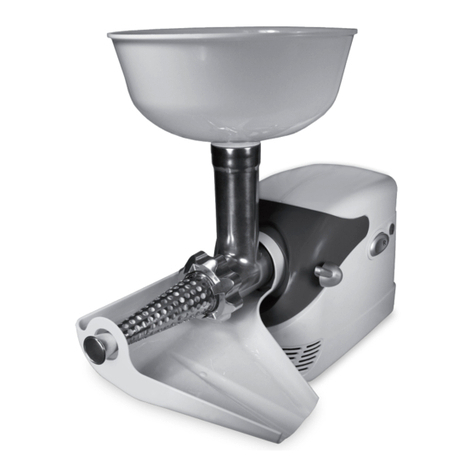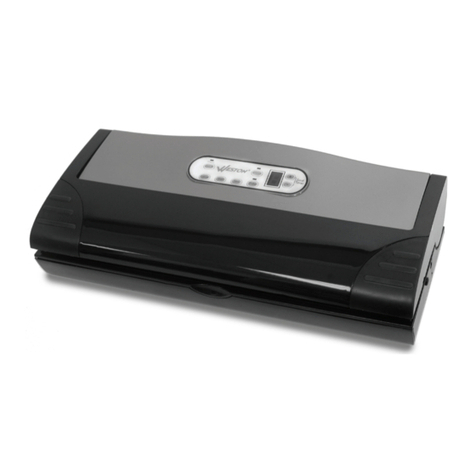-3-
GENERAL SAFETY RULES
8. This product is not intended for
commercial use. Commercial use will
void the warranty.
9. DO NOT use ngers to scrape
material away from the screen. Gently
use a rubber spatula or wooden spoon.
10. WEAR EYE PROTECTION!
Wear safety glasses. Everyday eye
glasses are NOT safety glasses.
Safety Glasses conform to ANSI Z87.1
requirements. NOTE: Approved safety
glasses have “Z87” printed or stamped
on them.
11. DO NOT use the Tomato Press
while under the inuence of drugs,
medications or alcohol.
12. TIE BACK loose hair and clothing,
and roll up long sleeves before operating
the strainer. REMOVE ties, rings,
watches, bracelets or other jewelry
before operating the Tomato Press.
13. Keep ngers clear of the Roller
Assembly and Screen at all times.
WARNING!
1. Read all instructions before using
the Tomato Press .
2. DO NOT leave the Tomato Press
unattended. Close supervision is
necessary used near children. This
appliance is NOT to be used by children.
3. The use of attachments from other
manufactures is not recommended,
personal injury or damage to the
Tomato Press may result.
4. DO NOT put your ngers or hands
into Tomato Press, serious injury may
result.
5. Thoroughly clean all parts that will
come into contact with food before
you use the Tomato Press for the rst
time. The Tomato Press is top-rack
dishwasher safe.
6. Check for damaged parts before
using the Tomato Press. Ensure that
all parts are working correctly.
7. The manufacturer declines any
responsibility in case of improper use of
this product.
SAVE THESE INSTRUCTIONS!
Refer to them often and use them to instruct others.
-6-
FOOD SAFETY
READ AND FULLY UNDERSTAND ALL INSTRUCTIONS
AND WARNINGS PRIOR TO USING THIS UNIT.
YOUR SAFETY IS MOST IMPORTANT! FAILURE TO
COMPLY WITH PROCEDURES AND SAFE GUARDS
MAY RESULT IN SERIOUS INJURY OR PROPERTY
DAMAGE. REMEMBER: YOUR PERSONAL SAFETY IS
YOUR RESPONSIBILITY!
There are basic rules to follow when handling food.
They are COOK, SEPARATE, CLEAN, and CHILL.
COOK
It’s crucial to cook food to a safe internal temperature to destroy bacteria that is present.
The safety of hamburgers and other foods made with ground meat has been receiving a
lot of attention lately, and with good reason. When meat is ground, the bacteria present
on the surface is mixed throughout the ground mixture. If this ground meat is not cooked
to at least 160oF to 165oF, bacteria will not be destroyed and there’s a good chance you
will get sick.
Solid pieces of meat like steaks and chops don’t have dangerous bacteria like E. coli on
the inside, so they can be served more rare. Still, any beef cut should be cooked to an
internal temperature of at least 145oF (medium rare). The safe temperature for poultry
is 180oF and solid cuts of pork should be cooked to 160oF. Eggs should be thoroughly
cooked too. If you are making a meringue or other recipe that uses uncooked eggs, buy
specially pasteurized eggs or use prepared meringue powder.
SEPARATE
Foods that will be eaten uncooked and foods that will be cooked before eating MUST
ALWAYS be separated. Cross-contamination occurs when raw meats or eggs come in
contact with foods that will be eaten uncooked. This is a major source of food poisoning.
Always double-wrap raw meats and place them on the lowest shelf in the refrigerator so
there is no way juices can drip onto fresh produce. Then use the raw meats within 1-2
days of purchase, or freeze for longer storage. Defrost frozen meats in the refrigerator,
not on the counter.
When grilling or cooking raw meats or sh, make sure to place the cooked meat on a
clean platter. Don’t use the same platter you used to carry the food out to the grill. Wash
the utensils used in grilling after the food is turned for the last time on the grill, as well as
spatulas and spoons used for stir-frying or turning meat as it cooks.
Make sure to wash your hands after handling raw meats or raw eggs. Washing hands with
soap and water, or using a pre-moistened antibacterial towelette is absolutely necessary
after you have touched raw meat or raw eggs. Not washing hands and surfaces while
cooking is a major cause of cross-contamination.
CLEAN
Wash your hands and work surfaces frequently when you are cooking. Washing with
soap and warm water for at least 15 seconds, then dry with a paper towel.
CHILL
Chilling food is very important. The danger zone where bacteria multiply is between 40oF
and 140oF. Your refrigerator should be set to 40oF or below; your freezer should be 0oF or
below. Simple rule: serve hot foods hot, cold foods cold. Use chang dishes or hot plates
to keep food hot while serving. Use ice water baths to keep cold foods cold. Never let any
food sit at room temperature for more than 2 hours - 1 hour if the ambient temperature is
90oF or above. When packing for a picnic, make sure the foods are already chilled when
they go into the insulated hamper. The hamper won’t chill food - it just keeps food cold when
properly packed with ice. Hot cooked foods should be placed in shallow containers and
immediately refrigerated so they cool rapidly. Make sure to cover foods after they are cool.
NOTE: Special considerations must be made when using venison or other wild game,
since it can become heavily contaminated during eld dressing. Venison is often held
at temperatures that could potentially allow bacteria to grow, such as when it is being
transported. Refer to the USDA Meat and Poultry Department for further questions or
information on meat and food safety.






